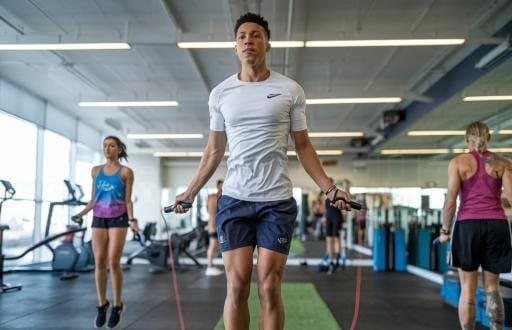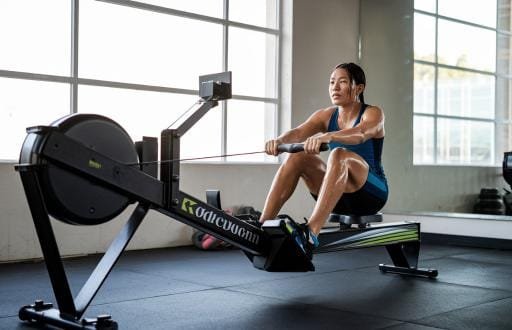Introduction
In today’s fast-paced world, finding time for fitness can feel like a daunting task. However, even small steps can make a big difference. With a little dedication and the right approach, you can achieve your fitness goals and improve your overall well-being.
Understanding Your Body
The first step to achieving your fitness goals is to understand your body. This includes knowing your current fitness level, identifying any underlying health conditions, and setting realistic expectations. A fitness assessment can help you gain valuable insights and create a personalized fitness plan.
Setting Achievable Goals
Setting achievable goals is essential for staying motivated and making progress. Instead of aiming for drastic changes, start with small, manageable goals that you can gradually build upon. Celebrate your successes along the way, no matter how small they may seem.
Finding the Right Workout Routine
There are countless workout routines available, from high-intensity interval training (HIIT) to yoga and Pilates. The key is to find a routine that you enjoy and can stick with. Experiment with different activities until you find something that suits your preferences and fitness level.
The Importance of Nutrition
Nutrition plays a crucial role in overall fitness. While there are many different diets out there, focusing on whole, unprocessed foods is generally a good starting point. Consider consulting with a registered dietitian to create a personalized nutrition plan that supports your fitness goals.
Staying Hydrated
Staying hydrated is often overlooked but essential for optimal health and performance. Aim to drink plenty of water throughout the day, especially during and after workouts. Listen to your body and drink when you feel thirsty.
Incorporating Strength Training
Strength training is essential for building muscle, increasing bone density, and boosting metabolism. Incorporate strength training exercises into your workout routine at least twice a week. Focus on compound exercises that work multiple muscle groups simultaneously.
The Benefits of Flexibility Training
Flexibility training helps improve range of motion, reduce the risk of injuries, and enhance overall performance. Incorporate stretching exercises into your warm-up and cool-down routines. Consider trying yoga or Pilates for a more comprehensive approach to flexibility training.
The Role of Rest and Recovery
Rest and recovery are just as important as exercise. Ensure you get enough sleep each night and take rest days when needed. Overtraining can lead to injuries and burnout.
Conclusion
Achieving your fitness goals is a journey, not a destination. By following these simple steps and staying consistent, you can transform your body and improve your overall well-being. Remember, the most important thing is to enjoy the process and celebrate your progress along the way.
FAQ
- What is the best workout routine for beginners? A beginner-friendly workout routine should include a mix of cardio, strength training, and flexibility exercises. Start with shorter workouts and gradually increase the intensity and duration as you progress.
- How often should I exercise? Aim for at least 150 minutes of moderate-intensity exercise or 75 minutes of vigorous-intensity exercise per week. Divide this time into smaller sessions if needed.
- Can I lose weight without going on a strict diet? Yes, you can lose weight by focusing on a healthy, balanced diet and increasing your physical activity. Avoid crash diets or extreme calorie restrictions.
- Is it okay to exercise every day? While it’s possible to exercise every day, it’s important to listen to your body and take rest days when needed. Overtraining can lead to injuries and burnout.
- How long does it take to see results from a fitness routine? The time it takes to see results varies from person to person. Consistency is key, and you may start to notice changes within a few weeks.











